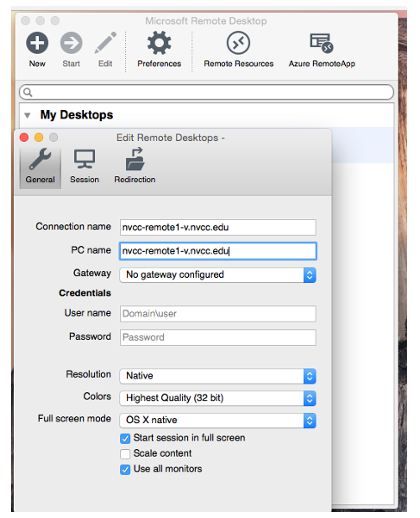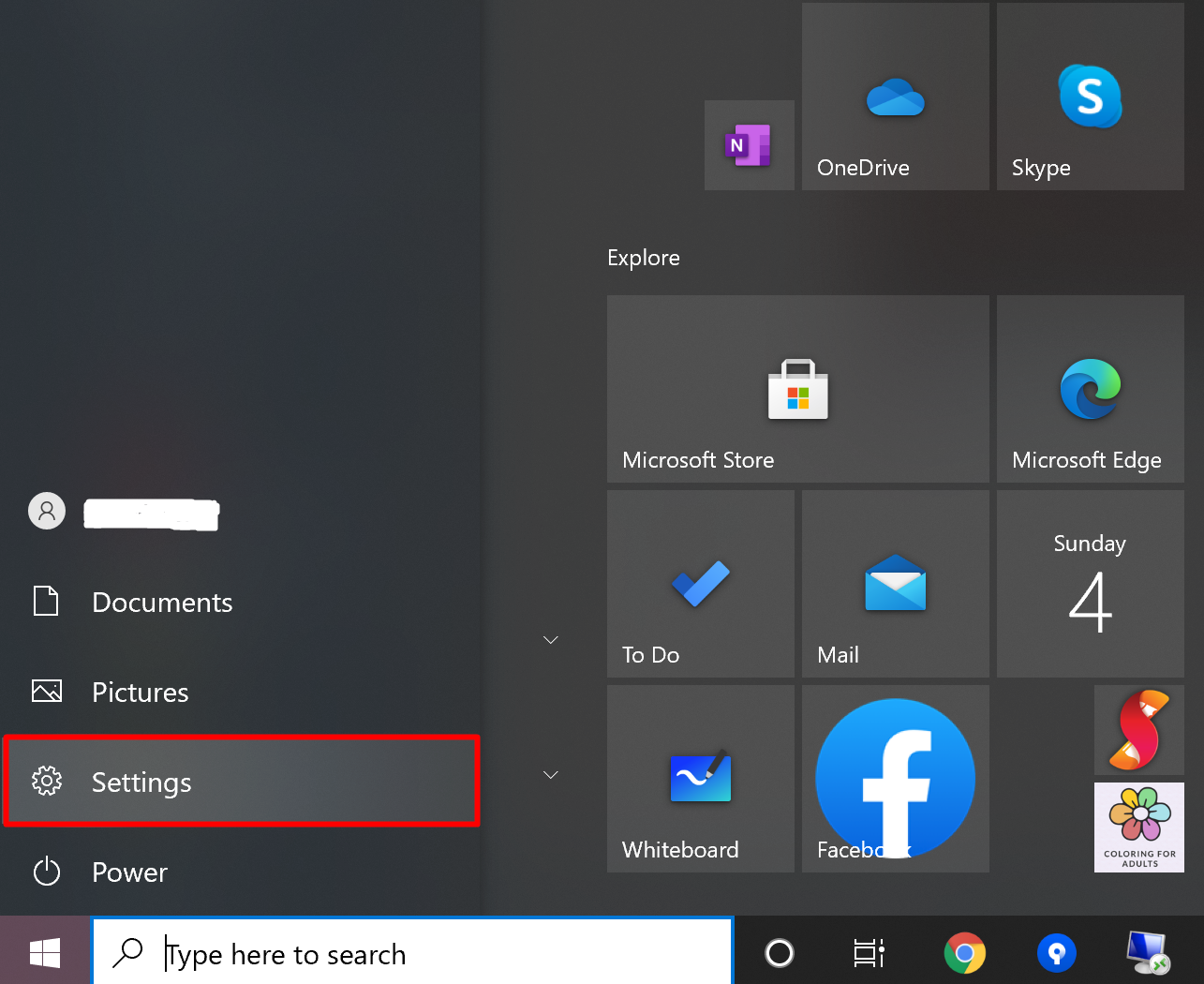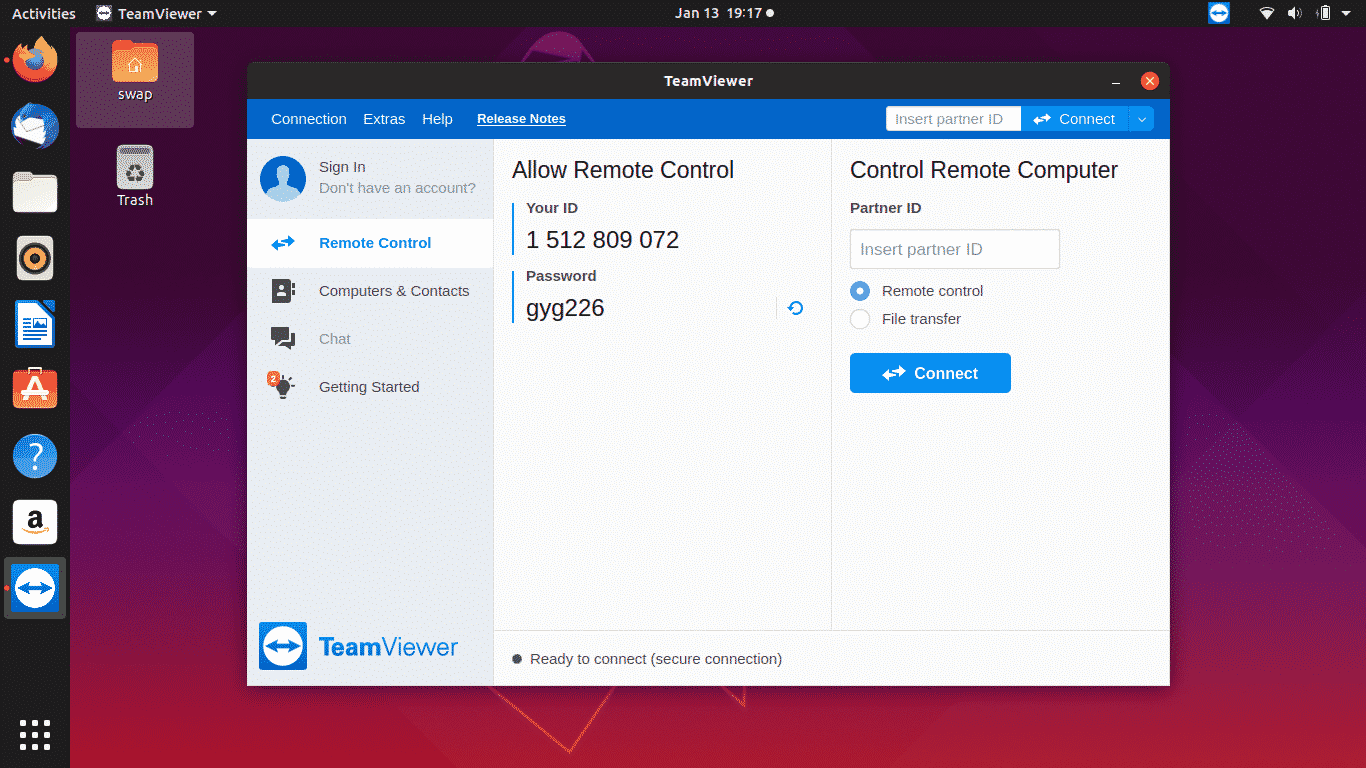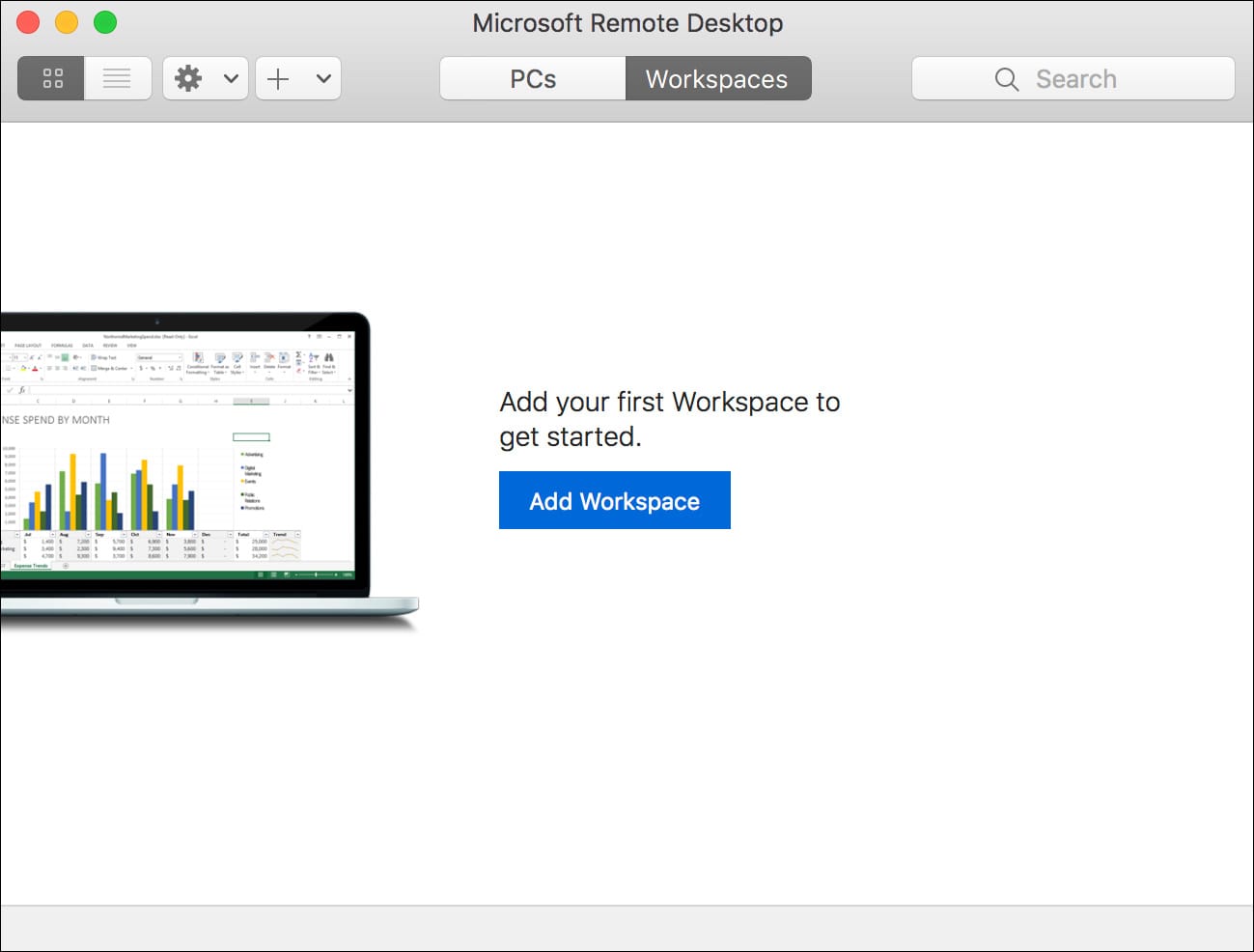
The RDP client, on the other hand, is the machine from which you are connecting to the server. In this case, the RDP server is the Windows PC or server you will be connecting to and controlling. For this connection to work, two things are needed: an RDP server and an RDP client.


Put simply, with the Remote Desktop tool, you can connect to a Windows computer over the internet and use it as if it were right in front of you. It gives the user full access to the tools and software installed on the host Windows machine as well as shares key peripherals such as the keyboard and mouse with the remote computer. The Windows Remote Desktop Protocol, or RDP for short, is a proprietary protocol developed by Microsoft which provides a user with a graphical interface to connect to another computer over a network connection. However, first, let us get into what is exactly the Remote Desktop Protocol ( RDP). Thankfully, if you have macOS version 10.10 or higher, there is a way to do exactly that using Microsoft’s RDP, and we will show you how. Not that long ago, it was hard to imagine being able to fully control a Microsoft Windows device from a macOS device. In this article, you will get to know how to use RDP client for macOS. However, as technology progresses, the two competitors are putting aside their rivalries and closing the divide between Windows and Mac applications for the benefit of the user. It seems like for decades we were unable to use Apple and Microsoft devices together. How to Establish a secure RDP connection? How to Enable RDP on your Windows Machine? Current Single and 10 user licenses will be converted into TSPrint users licenses, with the same limits.List of content you will read in this article:

Another improvement is that if number of connected clients is greater than number of allowed clients, TSPrint will continue to function for the first X clients (where X is less or equal than number of allowed clients) Licensing system has been improved - now it counts only users with the TSPrint client installed and not all remote desktop users. Added “TSPrint PDF” printer dialog actions configuration in “Server Options” dialog Introducing “TSPrint PDF” dialog customizable action Improved TSPrint stability and performance in Citrix environment Improved support for third-party applications that use RDP ActiveX Introducing dynamic virtual channel that enables better performance

Introducing new printer “TSPrint Network” that allows printing to local printers of other users on the server Introducing print data compression (when using EMF driver) that enables faster data transmission over network Introducing page by page printing using EMF driver Introducing new faster printing method that uses EMF driver


 0 kommentar(er)
0 kommentar(er)
